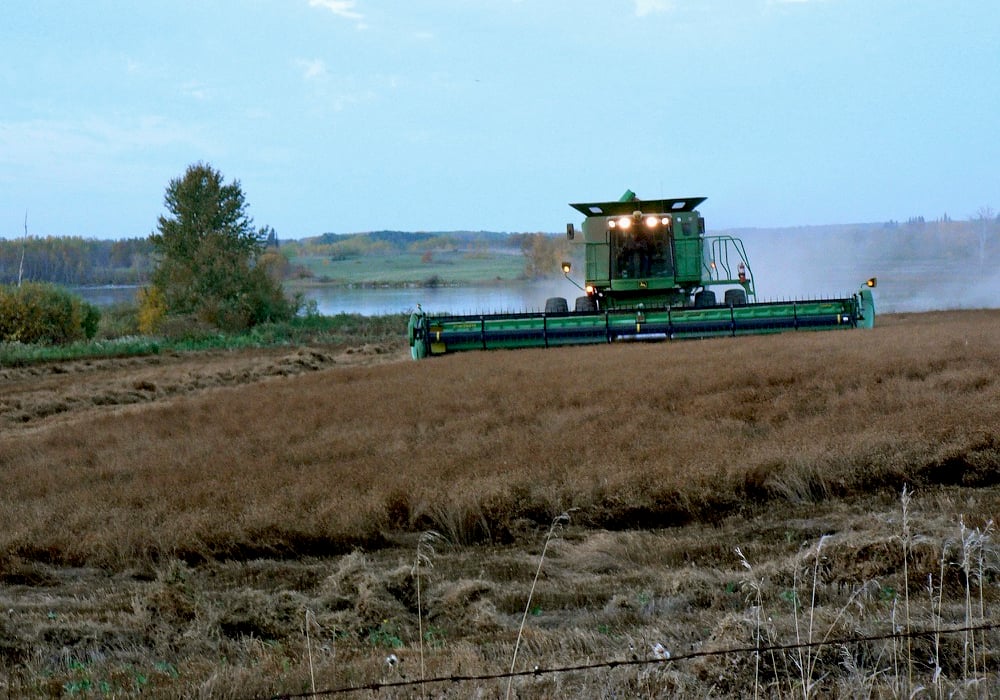The latest Statistics Canada report estimated barley production at 10.88 million metric
tonnes, larger than most trade estimates, due to bigger yield and harvested area numbers.
The increase in harvested percentage is likely impacted by attractive malt barley returns
and struggles in the livestock sector, while the higher predicted yields are consistent with
recent reports of crop conditions across much of the Prairies.
Exports will likely be lower than last year’s as stiff competition from other feed barley
suppliers enters the world markets. Neither Australia nor the Black Sea region were
Read Also

Most of Manitoba harvest wraps up for 2025
Manitoba Agriculture issued its final crop report of 2025, showing the overall provincewide harvest at 97 per cent complete as of Oct. 20. Nearly all major crops have finished combining, with 37 per cent of Manitoba’s sunflowers finished, plus 71 per cent of grain corn and small amounts of soybeans and potatoes left to do.
key export destinations will make these regions more competitive. As a result, Canadian
feed barley exports will be mostly limited to the Japanese market.
Even with the expectation of above-average yield and a reduction in exports, the supply
and demand balance for barley is not overly burdensome. Lower barley values and higher
livestock prices later in the crop year could help increase domestic feed usage. Barley
prices will also be heavily influenced by U.S. corn prices as well.
– The FarmLink Market Insight was researched and produced by FarmLink Marketing Solutions, a marketing advisory service for Prairie farmers, and is published here with permission of the authors.















